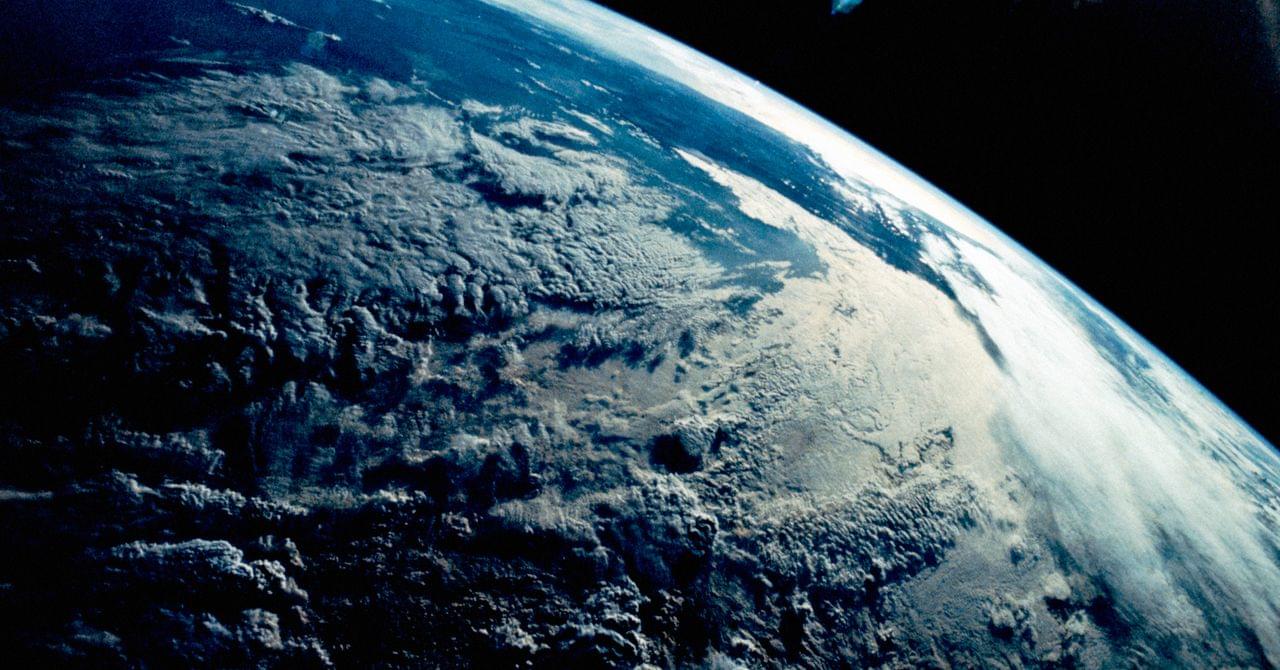Growing these seed crystals in space could lead to much more pure wafers, says Western: “You can almost press the reset button on what we think is the limit of a semiconductor.”
Frick’s company Astral plans to do this with a mini fridge-sized furnace that reaches temperatures of about 1,500 degrees Celsius (2,700 degrees Fahrenheit). The applications of crystal growth are not just limited to semiconductors but could also lead to higher quality pharmaceuticals and other materials science breakthroughs.
Other products made in space could be produced with similar benefits. In January, China announced it had made a groundbreaking new metal alloy on its Tiangong space station that was much lighter and stronger than comparable alloys on Earth. And the unique environment of low gravity can offer new possibilities in medical research. “When you shut off gravity, you’re able to fabricate something like an organ,” says Mike Gold, the president of civil and international space business at Redwire, a Florida-based company that has experimented with in-space manufacturing on the International Space Station for years. “If you try to do this on Earth, it would be squished.”








